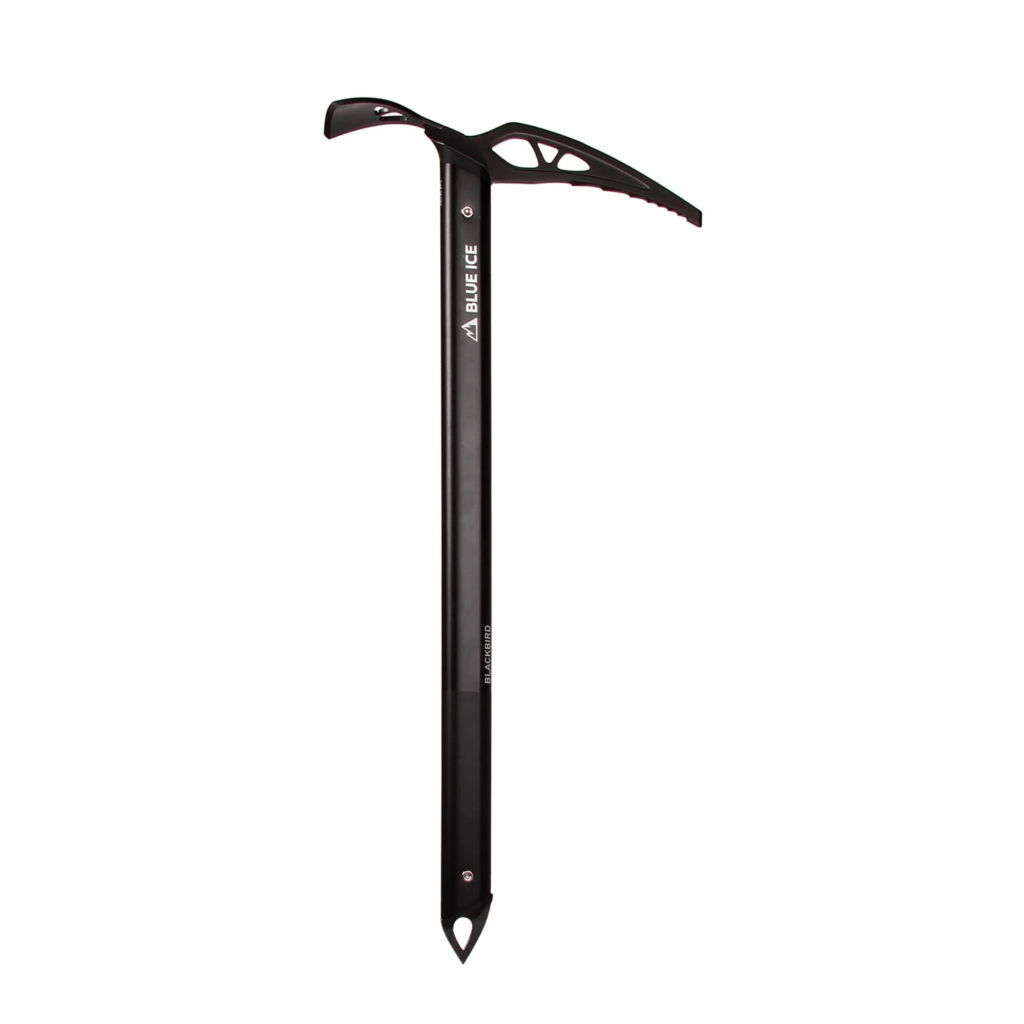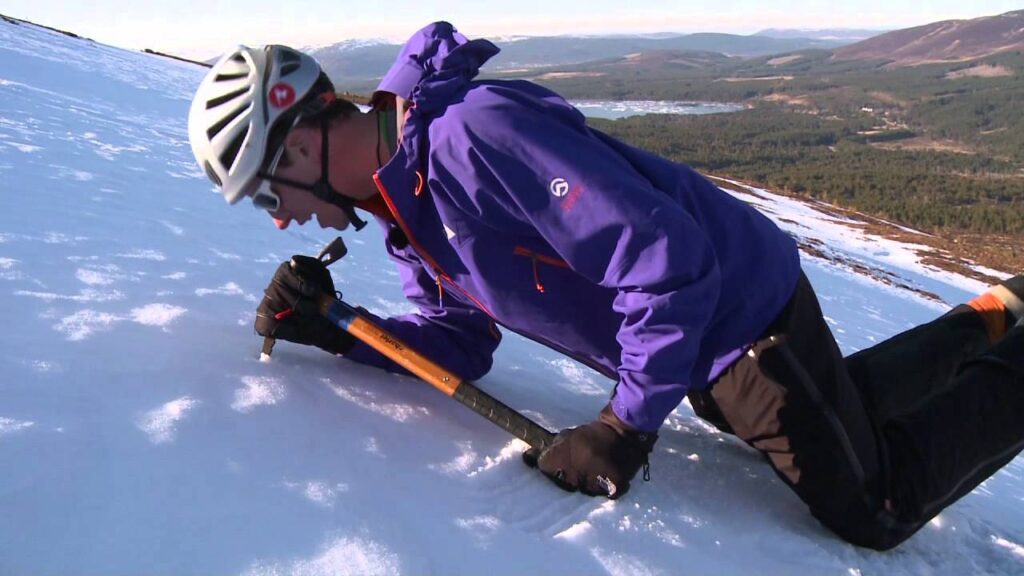At one point, I was doing a lot of stuff in the mountains during wintertime. Snowshoeing, backcountry trekking, building snow caves, sleeping on the ice, etc.
One of the pieces of equipment I needed with me, just in case, was an ice axe.

Ice axes are used for many things, but one of their key uses is to stop you if you find yourself sliding down a snowy slope.
The thing is, ice axes are also kind of dangerous. There are multiple edges on them that could easily open you and cut through your bones. So I figured if I need to carry this ice axe, I should learn how to use it. Which led me to sign up for a self-arrest class.
In the class, we would get down on the balls of our feet at the top of a slope, facing uphill, and launch ourselves down the hill, on our backs, heads first. We were sliding downhill at breakneck speed (quite literally, as in, if we hit something we would actually break our necks, so it’s very important to make sure the path is clear before practice starts, and only one person goes down the hill at any given time).
Then, in one quick motion that lasts about one second, we would flip ourselves around so we were feet first, stab our axes into the snow, and lean hard into the axes so they would dig deep.
Here’s a picture of someone doing this:

I got lucky, I never actually had to do a self-arrest in real life. But knowing that I could do one if I needed to, knowing that it was in my bones, that it was an automatic action, allowed me to do other things. For example, it allowed me to safely cross large snow fields, brave steep inclines, and, of course, know how to carry an ice axe.
The point of this is the importance of practice. I tell my clients they need to practice their presentations 20 times. The first 1-6 times you’ll sound terrible, 7-12 you’ll sound, and feel, wooden and unnatural, and then in times 13-18, your natural spirit and excitement will come back, except that now you’ll know your material by heart. Times 19 and 20 are just to remind yourself that the previous 18 times were worth it.
Also, your practice needs to be harder than real life. When a client comes to me after a presentation or a meeting and says, “That was so much easier than our practice sessions,” I consider it one of the greatest compliments anyone can give me.
